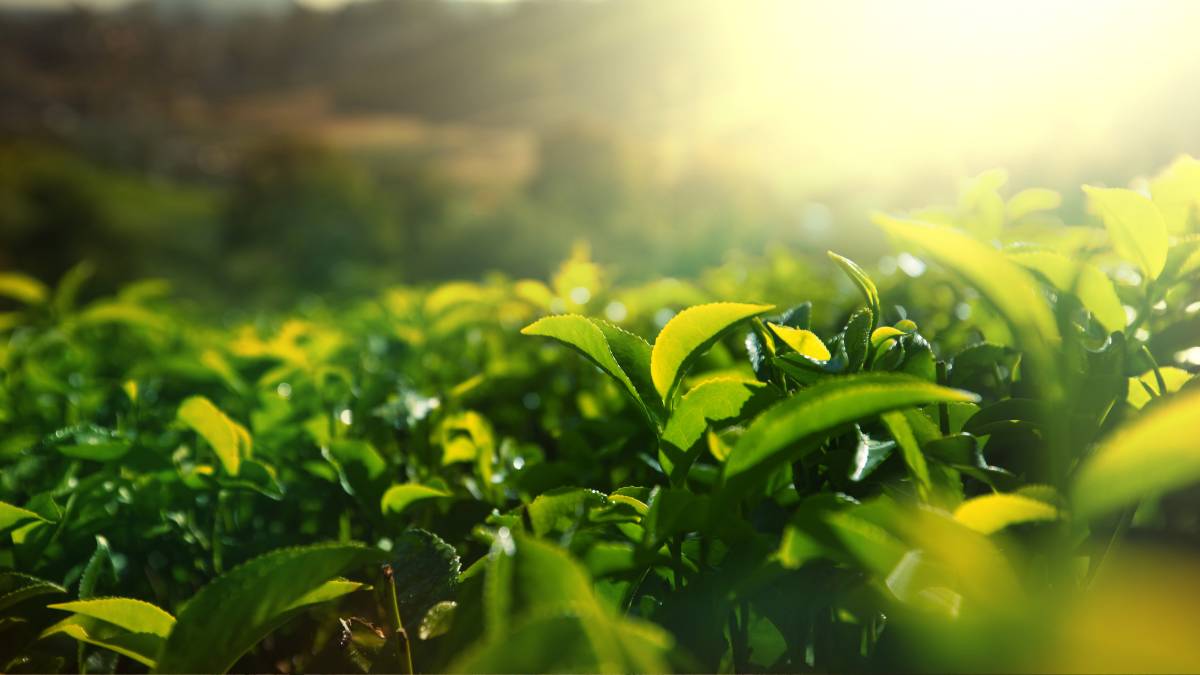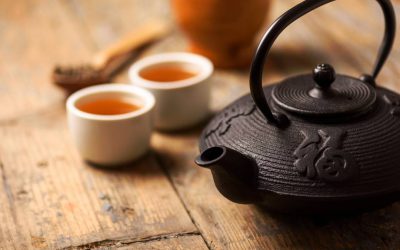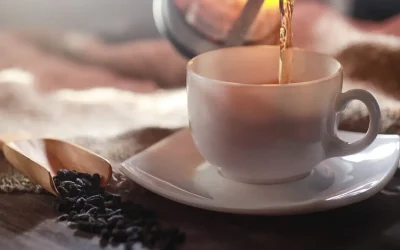The World Tea Tour: Top Tea-Growing Regions
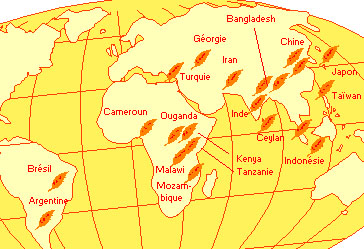
China
For centuries China was the world’s only tea-exporting country. Beginning in the 19th century, however, stiff competition arose as India and Ceylon began to grow tea. Today China remains one of the largest suppliers of quality teas. Green teas represent 75% to 80% of China’s current consumption. The rest of the production of green teas, and all of the black teas, are exported.
Chinese teas come from five provinces. One of them, Yunnan, is located close to the Himalaya. Picked at high altitudes, this black tea has a rich flavor and no astringency. It is considered by some to be one of the great teas of China, or even of the world. The other tea-producing provinces are situated in eastern China. The low-lying Anhui region produces Keemun, a black tea that gives a slightly chocolaty-flavored drink. The region also produces Chun mee and Sowmee, green teas. Fujian and Jiangxi produce less spectacular black teas, used mostly in blends. The Zhejiang region is reputed for its gunpowder tea. China also produces semi-fermented teas, but they are far from equaling those made in Formosa.
India
Although most of its tea production is consumed at home, India is the largest tea exporter in the world. This gives us an idea of the magnitude of production, and of its economic impact on the country. Many varieties of tea are produced in India. Since the country is large, the producing regions are subject to widely varying climatic conditions. Some plantations are situated very high, others in the plains; some of the plants are from original Chinese stock, others are indigenous, and still others are hybrids. As a result, the quality of Indian tea varies considerably, and it is important to know an Indian tea’s region of origin.
Teas from South India come from Travancore and Nilgri, regions of plateaus similar to those in Sri Lanka. These teas give a pleasant, gentle beverage with a good color but little character; they are most often combined with more robust teas.
Northern India produces tea in Darjeeling, Assam, the Doars and Terai. The latter two regions are not well known, being situated on flatlands and producing medium-grade teas used in blends. On the other hand the teas of Darjeeling (or western Bengal) are considered by some to be the best in the entire world. These teas favor quality by fine plucking. The plantations produce low yields per hectare (40 to 50 tons per year, or 3% of all Indian production). The first plucking gives a very light, aromatic tea, while the second offers tea with more bite, coppery in color, with the taste of ripe fruit. The autumn harvest gives a tea whose aroma and color are more highly developed but whose quality is slightly inferior.
Assam is a forested low-lying region in India’s northwest, an area very difficult to clear, but one that is among the most fertile in the country. Its teas are of the highest quality.
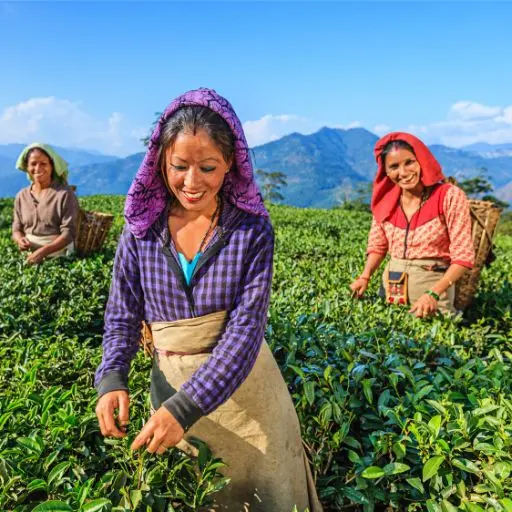
Ceylon and Formosa
The British introduced tea cultivation to the islands of Ceylon and Formosa in the latter half of the 19th century. Better known today as Sri Lanka and Taiwan, respectively, these countries retain their former names within the conservative world of tea, hence Ceylon and Formosa.
Ceylon produces mostly black teas. They are classified according to the altitude at which the plants grow (the low-grown varieties are cultivated up to 600 meters, and yield a strong, dark infusion used mostly in blends; the mid-grown from 600 to 1200 meters and the high-grown, between 1200 to 2300 meters, give the best quality). The major producing regions are Uva and Dimbula and these include many large gardens. The teas of Ceylon have an international reputation that places them among the World’s greatest teas.
Although Formosa produces both green and black teas, it is the semi-fermented Oolongs that have made its reputation. Fine and delicate, with a unique, naturally fruity taste, these teas are appreciated mostly in the United States.
Japan
Japan is a special case, producing almost exclusively green teas, 97% of which are consumed locally. The powdered Matcha tea is kept for ceremonies. For every day use, there is Ocha, drunk as an infusion of leaves. In addition, in decreasing order of quality, we find Gyokuro, Sencha and Bancha.
East Africa
The British introduced tea farming to their East African colonies (Kenya, Uganda, Burundi, and Tanzania) in the 20th century. These plantations were able to take over a good segment of the world market thanks to mechanization; they did not, however, achieve the quality great teas like Chinese Yunnan or Indian Darjeeling. The African teas are black teas presented as broken or powdered leaves reduced to very small particles.
Russia
During the 19th century tea growing was introduced into Russia, or more precisely, to Georgia. Neither quantities nor quality were particularly high, and this tea remained mostly for local use rather than for export. The “Russian Tea” one sees on store shelves is actually a blend of Chinese teas imported into Russia.

